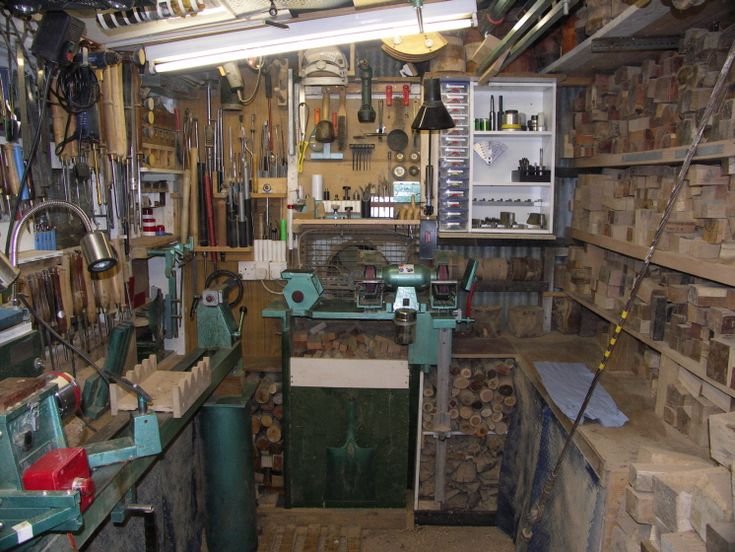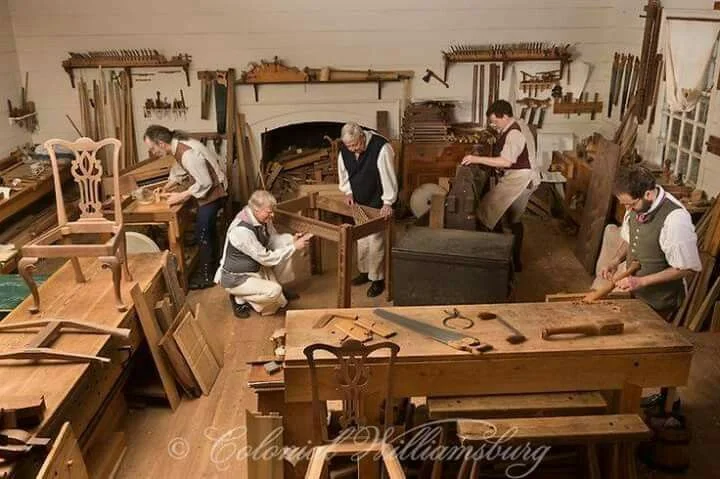A Woodworker’s Journey: Lessons from the Garage
You know, there’s just something about the smell of freshly cut wood that gets my heart racing. It’s like a mix of pine, cedar, and just a hint of sawdust that makes me feel all warm and fuzzy inside, kind of like a cup of coffee on a cold morning. So, there I was, last spring, at the tail end of my first major woodworking project in years—a dining table that was going to make our meals feel a bit more special. I should probably tell you how decisively I jumped into this, with all the bravado of a seasoned carpenter, even though I had more rust on my tools than they did on my memory.
The plan? Simple enough—a farmhouse-style table that would fit perfectly in our little kitchen nook. I even had that vision in my mind of family dinners, kids laughing, and all that good stuff. But let me tell you, what seemed like a straightforward path unraveled faster than my measuring tape at 2 a.m.
Trying to Measure Up
Now, I started off by gathering my supplies. I went to the local hardware store—the one that smells like wood glue and sawdust, where the folks behind the counter aren’t scared to give you an honest opinion. I picked up some good-quality pine for the tabletop—straight-grain stuff from a mill about an hour away. I won’t lie, there’s a charm to supporting local businesses, and to me, it felt like I was already crafting a story with that wood.
Then came the measuring. Oh, boy. Ever tried to measure eight-foot-long boards while standing alone in a garage on a windy day? Yeah, it’s like trying to conduct an orchestra with a squirrel running around. I thought I was being all smart and used a fancy chalk line, but somewhere between “measure twice, cut once” and “whoops, I just took out two inches,” I ended up with a tabletop that was just a tad too short. I almost threw my tape measure across the garage, but instead, I leaned against my workbench and let out a weary laugh. “Great start, buddy,” I mumbled to myself.
When Things Got Lively
So, once I calmed down and realized all wasn’t lost, I decided to piece together a plan B. That meant some creative thinking and a bit of patchwork. I grabbed some leftover oak I had stashed away after a previous mishap—I think I was trying to create a rustic bookshelf but ended up with a firewood pile. The oak had this beautiful grain with some rich, dark streaks that would definitely complement the pine; it was kind of like I was bringing two worlds together.
But, man, when I started gluing those boards, the smell of the adhesives hit hard. It’s one of those scents that pulls you in and makes you take a deep breath, even when your eyes are watering. There’s something very comforting about that feeling of getting all sticky-fingered, and before I knew it, I had smeared glue all over my hands and partially over my face. I chuckle at the thought now, but it was a mess, and my kids laughed at me from the other room when they saw my handiwork—or, rather, the chaos it created.
The Assembly Line Nightmare
Then came the assembly. I thought, “How hard could it be?” Well, let’s just say I didn’t account for my trusty pocket hole jig turning into a pocket hole nightmare. If you’ve never used one, it’s supposed to make your life easier by hiding screw holes. But, oh no. My drill had a mind of its own, and I ended up with a few unsightly holes peeking out like little eyes that said, “You messed up, buddy.” I stood there, staring at those imperfections, contemplating whether I should just embrace the rustic vibe or slap on wood filler until my heart was content.
I nearly tossed the whole idea out the window; then I remembered a friend had told me, “Every dent tells a story.” So, after a short showdown with myself, I went for it, chuckling at how many little accidents could become part of this family piece.
The Sweet Sound of Success
Finally, it was time for sanding and finishing. I decided to go with a clear polyurethane because I wanted to keep that natural look. As I worked the surface, the sound of the sander filling the air was about as soothing as listening to rain against the window. And when I applied that finish? Wow. Watching that wood come alive under the clear coat was like witnessing a sunset—you know that moment when the world seems to hold its breath?
Watching the grain pop brought a wave of pride that overshadowed all those moments of doubt. It was almost poetic. Later, as I was wiping off the excess finish, I almost gave up again when I realized I’d left a few spots uneven. But instead of cringing, I positioned the table intentionally just so and thought, “No one’s perfect, not even wood.”
A Table of Imperfections
When the day came to bring the table into the house, I felt all giddy, like it was about to be a centerpiece of family life. Every scratch, every hole, every uneven surface told its own story—stories of restless nights and laughter in my garage. Those imperfections spoke to a journey, and that felt more important than any shiny, perfect finish might.
So, if you’re out there contemplating a woodworking project, I guess what I want to say is, don’t let those bumps in the road scare you off. If you get a little frustrated, just remember those moments will become part of your project’s charm. If you think it’s all about making something perfect, you might want to rethink it; the beauty really lies in the journey itself. Go for it, get your hands dirty, and always, always, breathe in that sweet smell of sawdust. You won’t regret it.




-300x300-150x150-120x120.jpeg)



